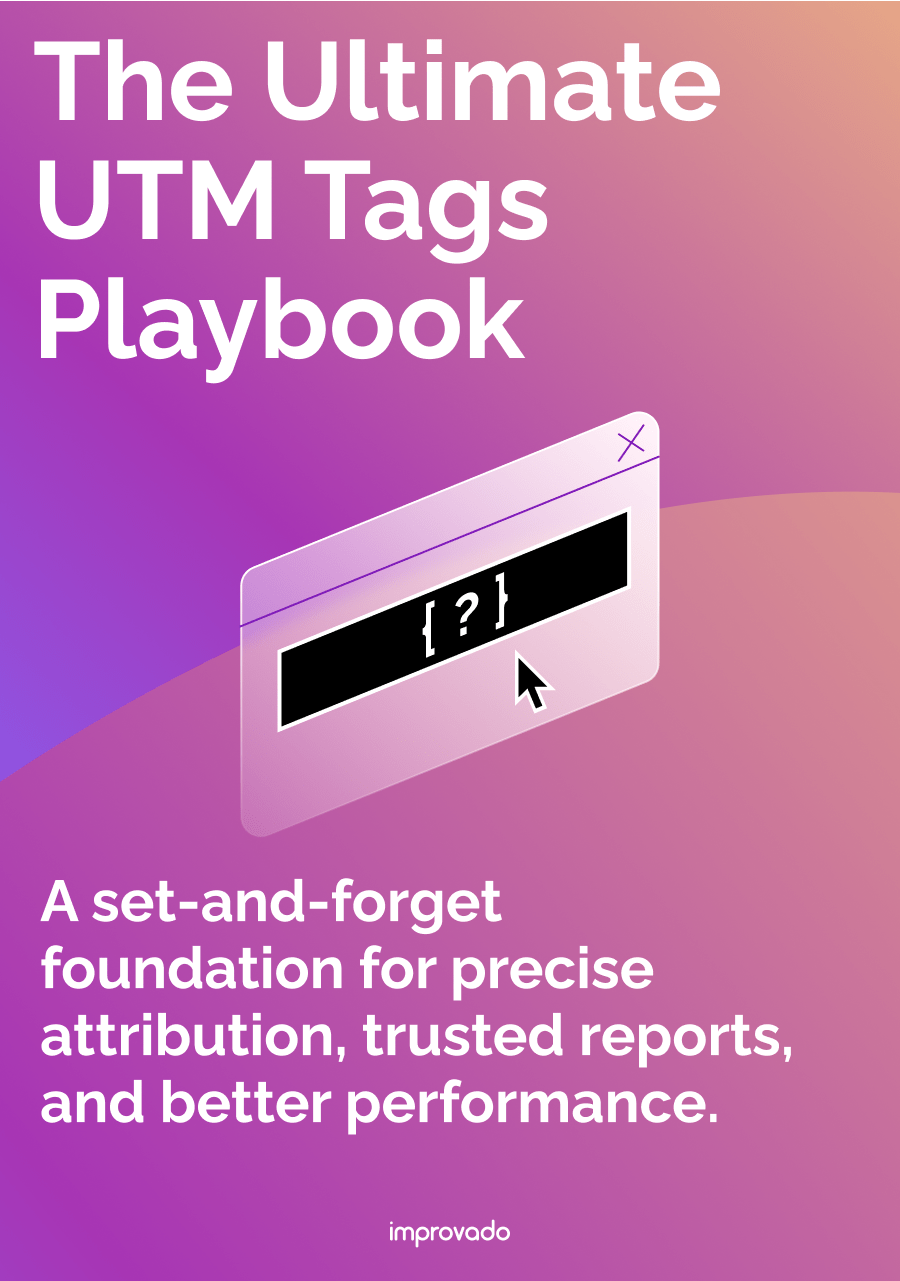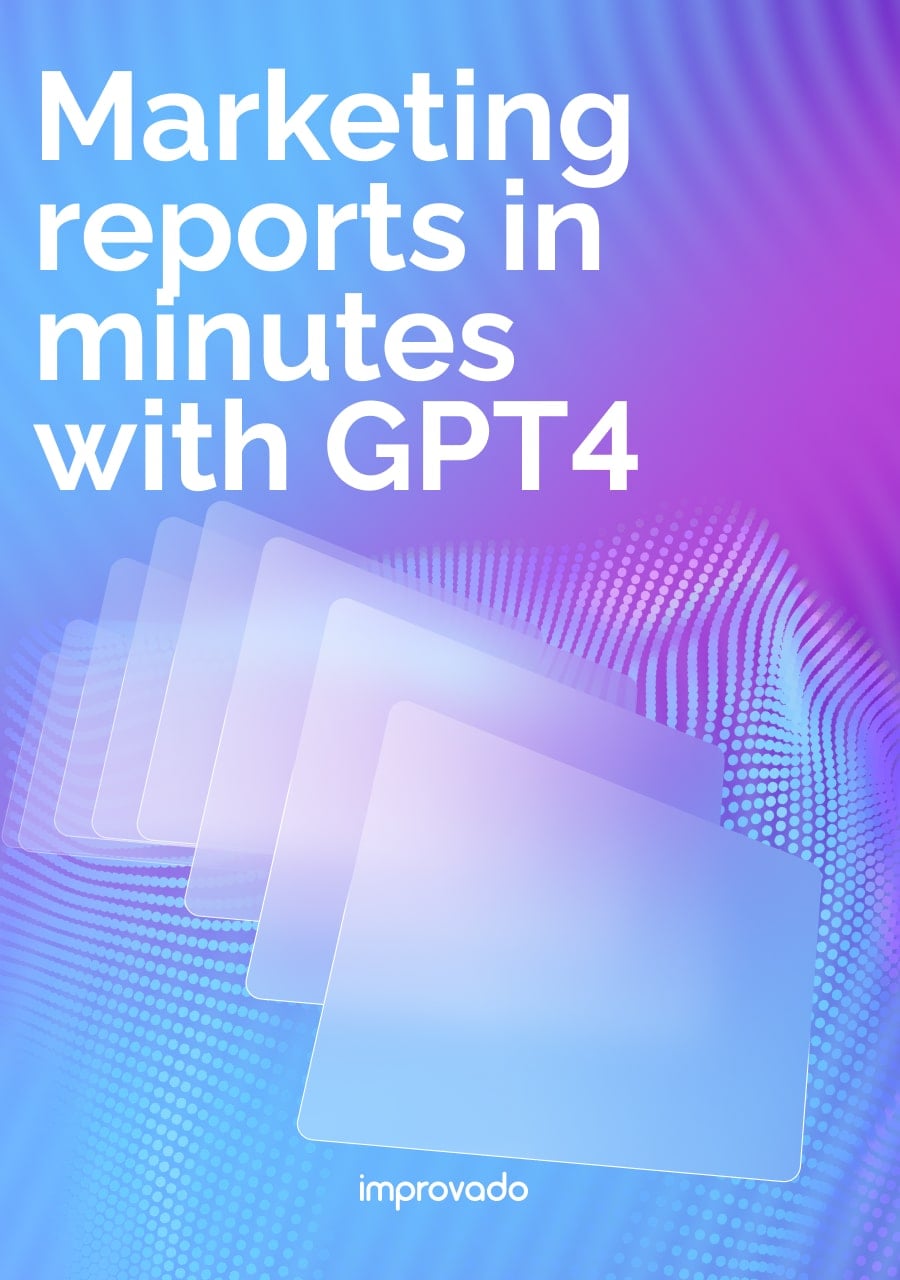Pharmaceutical marketing operates in one of the most complex commercial environments, defined by strict regulatory oversight, long sales cycles, fragmented data, and diverse stakeholder journeys across HCPs and patients. Unlike traditional industries, success isn’t measured solely by clicks, but by clinical outcomes, adherence, and alignment with evolving payer expectations.
This guide examines how pharmaceutical marketing analytics addresses these challenges by enabling data-driven decision-making across various channels. It covers key components, common pitfalls, emerging trends, and practical strategies for building a secure and scalable analytics infrastructure.
What Is Pharmaceutical Marketing Analytics?
Since pharma companies operate in a highly regulated environment, all marketing data must comply with standards such as HIPAA and FDA guidelines. This places a premium on secure, governed data handling and makes it essential to integrate compliant sources into a single, reliable framework.
Why Pharma Marketing Analytics Matters?
The pharmaceutical industry has unique complexities: long product lifecycles, strict regulatory oversight, and multiple stakeholders, including healthcare professionals, patients, and payers.
In this environment, effective marketing analytics is essential not only for optimizing spend but also for influencing prescribing behavior, improving patient engagement, and maintaining compliance.
Key reasons it matters include:
- Measuring marketing ROI and resource allocation: The estimated mean cost of bringing a new drug to the U.S. market is approximately $879.3 million as of the latest studies. Inefficient marketing spending can erode margins quickly. Analytics enable precise tracking of campaign performance, allowing for smarter budget allocation to channels and strategies that deliver the highest impact.
- Understanding multi-stakeholder impact: Pharma marketing must address HCPs, patients, and payers simultaneously. Analytics helps measure engagement and response across these audiences, providing insights into prescribing behavior, patient adherence, and payer influence.
- Optimizing channel mix and messaging: With multiple channels, including HCP portals and medical conferences, as well as digital campaigns, analytics identify which tactics work best for specific audiences, ensuring targeted and relevant messaging that drives results.
- Ensuring regulatory compliance and data governance: Operating under regulations like HIPAA requires governed, secure data workflows. Analytics platforms designed for the pharmaceutical industry ensure that all insights are derived from compliant, validated data sources, thereby reducing risk.
- Driving evidence-based strategy development: Analytics moves teams away from intuition-driven decisions and toward actionable intelligence, using prescription data, HCP engagement metrics, and market signals to refine strategy continuously.
- Supporting long-term brand growth: Beyond short-term marketing campaigns, analytics enables monitoring of long-term performance indicators, such as formulary access, market share trends, and brand equity among prescribers and patients.
- Adapting to market and regulatory shifts: With potential changes like restrictions on pharmaceutical TV ads and evolving state-level privacy laws, analytics helps identify performance gaps, redirect spend to effective channels, and maintain compliant engagement strategies as regulations tighten.
What Are the Key Components of Pharma Marketing Analytics?
Pharmaceutical marketing analytics is built on interconnected components that address the complexity of multi-stakeholder engagement, a strong presence on traditional media like TV, radio, out-of-home, and print, and the need for measurable ROI.
1. Marketing mix modeling (MMM) and multi-touch attribution (MTA)
Beyond historical analysis, MMM also enables scenario modeling to evaluate how budget changes across channels may influence future outcomes. This is particularly valuable in pharma, where promotional strategies must account for varying regional formulary access, HCP preferences, and compliance constraints.
Advanced analytics extend this further by delivering insights not just at the national level, but also down to local markets or specific HCP segments. This level of granularity enables precision planning, ensuring that promotional mix decisions are grounded in real-world market dynamics rather than broad averages.
When combined with multi-touch attribution (MTA) for digital interactions, MMM closes the loop between offline and online tactics.
Together, they provide a unified, data-driven framework for understanding the full impact of personal and non-personal promotion.
2. HCP segmentation and targeting
Precision in targeting healthcare professionals is critical when budgets are scrutinized and regulatory guardrails limit outreach.
Effective segmentation and targeting combine career-stage mapping, persona development, and first-party data to deliver precision-focused HCP engagement.
- Pharmaceutical companies track the HCP journey across early, mid, and established career stages to tailor messaging, from education-driven content for newer physicians to outcomes-focused data for experienced prescribers.
- Persona segmentation adds depth by factoring in behaviors, specialties, prescribing patterns, and communication preferences to craft highly relevant marketing strategies.
- First-party data from CRM interactions, prescribing history, and specialty areas enable privacy-compliant targeting, such as creating campaigns for cardiologists who prescribe specific drug classes.
These insights power omnichannel programs that blend digital outreach, sales force engagement, speaker events, and traditional media. The result is cohesive, data-driven engagement that aligns with HCP needs, improves relevance, and strengthens prescribing impact while meeting compliance requirements.
3. Patient journey analytics
Understanding the patient journey is vital for aligning marketing with real-world treatment pathways.
By integrating data from claims, EMRs, patient support programs, and digital engagement, marketers can identify barriers such as delayed diagnosis, formulary restrictions, or high drop-off rates during adherence.
These insights inform targeted interventions, such as educational content, access support, or adherence programs, that address specific bottlenecks while remaining HIPAA-compliant.
4. Omnichannel campaign tracking
This unified approach enables marketers to analyze channel interactions, identify redundancies, and optimize sequencing to ensure cohesive engagement experience across touchpoints.
Omnichannel tracking also supports granular visibility into how regional differences affect engagement. By linking these insights to prescription data, formulary access trends, and territory-level performance, teams can dynamically reallocate resources, reinforce underperforming regions, and maintain audit-ready reporting.
5. Predictive analytics and AI
AI tools are also being adopted for real-time insight generation, from automated anomaly detection to next-best-action recommendations that help sales reps and marketers focus on the highest-impact opportunities.
However, the use of AI in pharma marketing requires strict controls to prevent sensitive data from being exposed to external systems.
This has accelerated the adoption of private AI environments that operate within governed infrastructures, ensuring HIPAA compliance and mitigating data leakage risks.
What Are the Challenges in Implementing Pharma Marketing Analytics?
Despite its potential to drive evidence-based decisions and have a measurable impact, implementing pharmaceutical marketing analytics is far from straightforward.
Below are the most pressing challenges teams face when operationalizing analytics at scale, along with solutions to address them.
1. Marketing data integration and data silos
Pharma marketing data is often fragmented across CRMs, prescription data providers, HCP engagement platforms, digital ad systems, field force tools, and third-party market access data.
Managing these disparate yet interconnected technologies requires robust data engineering capabilities and effective vendor ecosystem orchestration.
2. Regulatory compliance and data privacy
Strict enforcement of HIPAA, FDA promotional regulations, state-level data privacy laws, and industry codes of conduct imposes rigorous standards for how marketing teams can collect, process, and utilize healthcare data. Even anonymized or de-identified datasets require governance frameworks that prevent re-identification and misuse.
Analytics platforms must support data residency rules, secure access controls, and audit trails to meet the requirements of legal and compliance teams. Any AI or automation workflows must be vetted to ensure that no sensitive data is exposed to unapproved environments or third-party systems.
3. Data quality and availability
Incomplete, outdated, or inconsistent data limits the accuracy of segmentation, modeling, and performance reporting. Prescription trends may vary by region or payer status, and commercial teams often rely on multiple vendors, each with their own data structures and delivery cadences.
Building trust in the data requires ongoing cleansing, validation, and normalization processes. This challenge becomes more pronounced as marketing teams expand their use of AI and need high-quality inputs to generate reliable outputs.
4. Long sales cycles and attribution complexity
Unlike direct-to-consumer markets, pharmaceutical marketing operates on long, nonlinear sales cycles involving multiple stakeholders, including physicians, payers, care teams, and patients. As a result, connecting marketing activity to script lift or treatment adherence is rarely straightforward.
Attribution models must account for lag time, non-personal promotion, speaker programs, and field force interactions. Standard multi-touch attribution approaches often fall short, requiring hybrid methods such as marketing mix modeling and cohort-based analysis.
Beyond that, pharma firms deploy uplift modeling, causal impact analysis, and econometric frameworks to quantify the direct business impact of marketing initiatives. Continuous testing via controlled experiments with HCP clusters or geographic markets is crucial for mitigating spillover effects and isolating the true marketing lift.
5. Change management
Implementing advanced analytics capabilities requires more than technology.
It takes cultural change.
Commercial and marketing teams may resist adopting new tools or reconfiguring their workflows without clear, demonstrable value.
Effective pharma analytics rollouts require stakeholder alignment, user training, and clear ownership models. Without executive sponsorship and cross-functional collaboration, even the best analytics platforms struggle to deliver sustained impact.
What are the Future Trends in Pharma Marketing Analytics?
As the pharmaceutical industry becomes increasingly data-driven, marketing analytics is evolving beyond traditional reporting. Here are several pharma marketing analytics trends to anticipate in the upcoming years.
1. Greater emphasis on patient-centric, outcome-based marketing
As the pharmaceutical industry moves toward value-based models, marketing analytics is being reoriented to focus on patient-centric metrics. This includes integrating real-world evidence (RWE), claims data, and longitudinal patient journey analytics to establish stronger links between marketing activities and downstream health outcomes, such as medication adherence, persistence, and disease control rates.
This shift enables more rigorous evaluation of marketing effectiveness in the context of clinical and economic impact. It also supports payer-facing strategies, including risk-sharing agreements and value-based contracting, where demonstrating measurable patient benefit is essential.
The result is a framework where segmentation, targeting, and messaging are increasingly optimized around treatment outcomes rather than brand-level engagement metrics.
2. Growth in pharma marketing spend and market size
Pharma marketing spend in the U.S. is projected to grow at a double-digit compound annual growth rate through 2030, driven by expanding therapeutic pipelines, specialty drug launches, and increased direct-to-consumer efforts.
As budgets increase, so will competition, particularly across digital channels. Rising demand for high-value HCP and patient touchpoints may lead to higher CPCs and reduced ad efficiency unless marketing teams invest in performance optimization and data-driven decision-making.
3. Closed-loop analytics and ROI attribution
Achieving closed-loop measurement in pharmaceutical marketing has long been hindered by data silos, fragmented systems, and strict privacy requirements. However, advancements in privacy-compliant data integration are beginning to change this.
As marketing platforms become more connected to sales outcomes, it’s now possible to attribute promotional activities to real-world results, such as script starts or treatment adherence, with greater accuracy.
A key enabler of this shift is the emergence of digital triggers to prescription analytics. The software solution utilizes tokenized data to link digital ad exposures to downstream prescription activity, all while maintaining patient privacy. Powered by partnerships with pharmacy and payer networks, these tools allow marketers to quantify the actual impact of their campaigns, turning previously opaque engagement into traceable ROI.
Bridging Complexity and Compliance
Pharma marketing analytics sits at the intersection of regulatory complexity, fragmented data ecosystems, and increasing pressure to demonstrate ROI. In this environment, extracting meaningful insights requires not only technical infrastructure but deep domain alignment and governance.
Improvado addresses these challenges by providing a compliant analytics infrastructure purpose-built for healthcare and pharma use cases. It connects disparate marketing, HCP engagement, and prescription data sources into a unified model, enabling advanced attribution, spend optimization, and campaign governance.
With private LLM-based AI and full support for HIPAA, GDPR, and SOC 2 standards, Improvado equips teams to scale analytics securely, without compromising control, auditability, or data fidelity.
.png)




.png)
